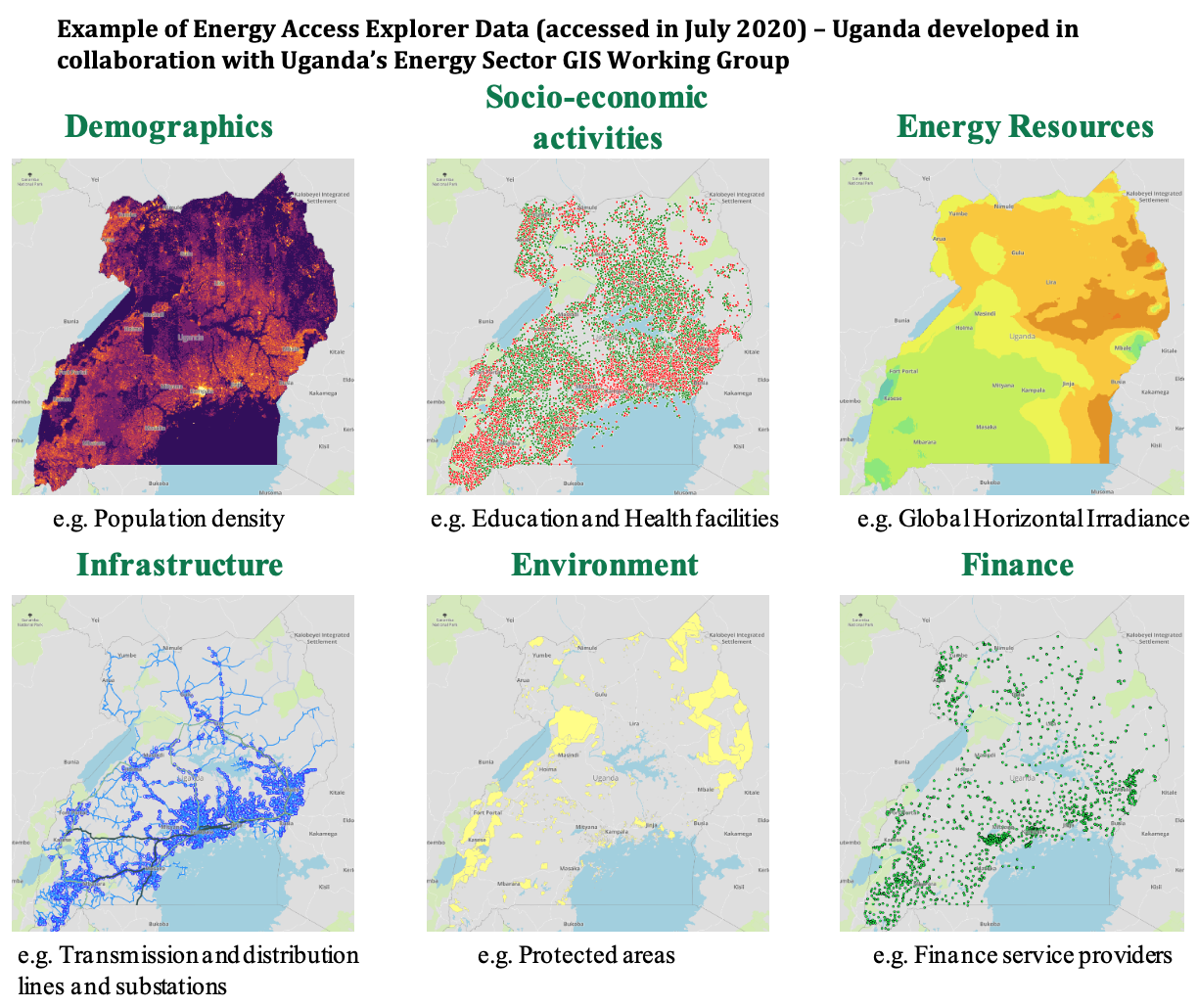By: Dimitrios Mentis
Modern energy services are proven to be a key enabler for socio-economic development and can upgrade the level and the quality of education, gender equality, indoor environment and several daily activities. And of course, reliable power is critical for a number of health care services, a fact that we are currently reminded of during the unprecedented challenges of the COVID 19 pandemic. Nonetheless, life without power is a reality for about 790 million people.
To effectively achieve universal energy access (SDG 7), policymakers, business leaders, and civil society need to access better data and effective planning tools that capture key attributes of the unserved and underserved populations and institutions they are trying to reach. The importance of effective energy planning cannot be emphasized enough. Planning is requisite to match supply with the growing demand in the most cost-effective way and vital to add fluctuating, decentralized and cost-effective renewable energy production into the energy mix.
We need to better understand the customer’s needs, whether households or institutions, to design viable electrification strategies. And these may vary from one location to another depending on several socio-economic characteristics, energy resource availability and proximity to power infrastructure. However, such geospatial data have often been either scarce, fragmented, or inconsistent, hampering their use for strategic planning in developing countries.
To address this, WRI has been working closely with local partners and stakeholders in Uganda, Tanzania and Kenya for the past 3 years to co-create the Energy Access Explorer (EAE). EAE is an online, open-source, interactive platform that enables various stakeholders to identify areas (at 1 km2 resolution) where energy access can be expanded and linked to socio-economic development. EAE synthesizes several geospatial data on resource availability, environment, power infrastructure, demographics, social and productive uses of electricity, and finance services and allows various users to generate custom analysis on-the-fly.
 An important dimension of EAE is its ability to catalyze informed dialogue across the nexus of energy and development. More specifically, the use of EAE enables strategic energy planning where electrification planning agencies can link electrification and development in last-mile communities. Clean energy enterprises get a better understanding of the level of service needed and where their customers are likely to be located. With this data donors and development finance institutions can prioritize development assistance programs and development-oriented institutions in the health, education and agricultural sectors can estimate energy needs associated with development services. (User testimonials here)
An important dimension of EAE is its ability to catalyze informed dialogue across the nexus of energy and development. More specifically, the use of EAE enables strategic energy planning where electrification planning agencies can link electrification and development in last-mile communities. Clean energy enterprises get a better understanding of the level of service needed and where their customers are likely to be located. With this data donors and development finance institutions can prioritize development assistance programs and development-oriented institutions in the health, education and agricultural sectors can estimate energy needs associated with development services. (User testimonials here)
Way forward
Thanks to its modular, geography agnostic web-infrastructure, EAE can be expanded to include new geographies at a fraction of the upfront development costs. We are currently working with local partners to customize EAE in six more countries in the Sub-Saharan Africa region and two states in India.
In the next phase of development, we plan to incorporate additional data while updating the existing ones. Geospatial demand assessments, outputs of least-cost electrification analyses and data on cooking are some of the additional indicators users will be able to select to identify areas of interest. To ensure the sustainability of the platform it will be important to not only continue engaging closely with local stakeholders, but also build their capacity in EAE (both front and back-end) and principles of geospatial energy planning in general. This way, local institutions will be able to co-administer and co-maintain the platform while ensuring its long-term relevance.
Please Note: This is a beta version, and the EAE team is welcoming feedback and ideas on how to further enhance the platform to ensure it’s used for linking energy access and socio-economic development.
If you are interested in learning more, contributing to the development of the platform, sharing your stories on how this platform can be useful for your work and providing feedback, kindly reach out!


